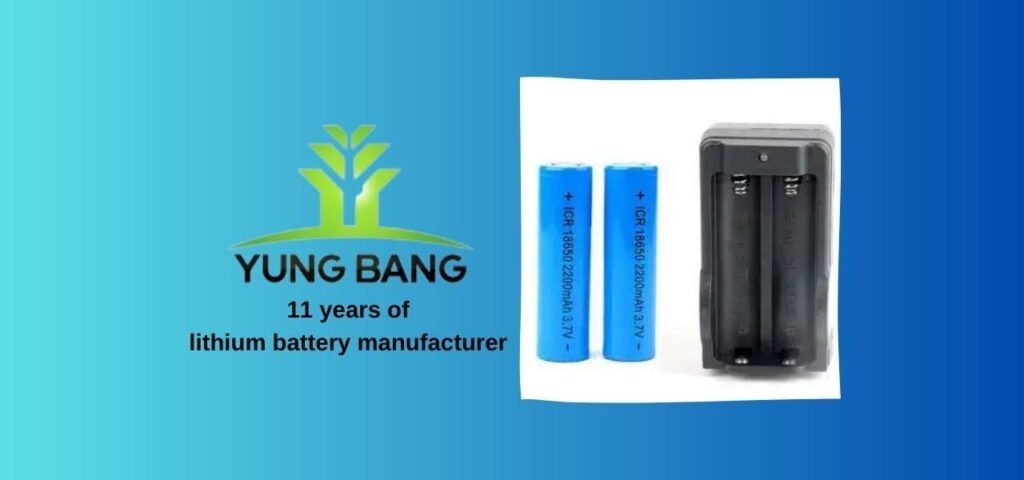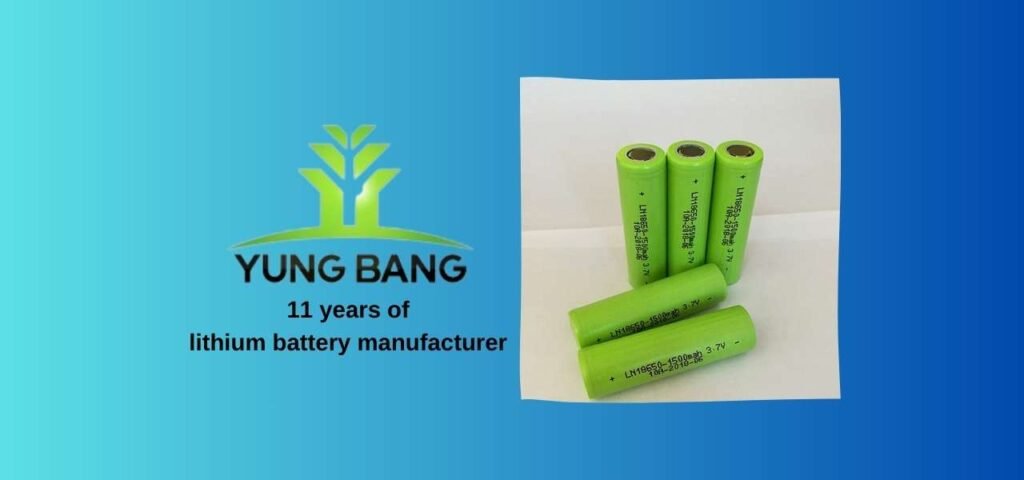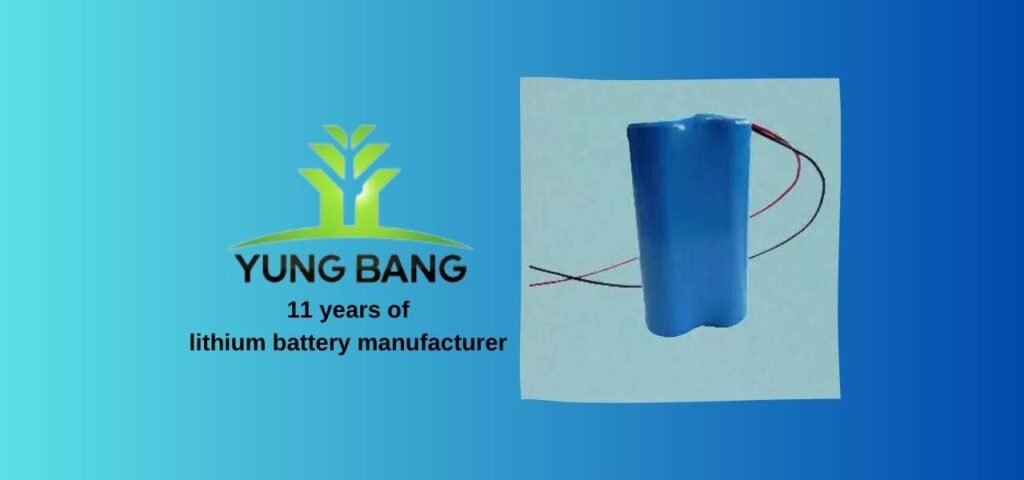1.Troubleshooting Guide: What to Do If Your 3.7V Rechargeable Battery Stops Holding a Charge
In the realm of rechargeable batteries, encountering issues with battery performance is not uncommon. If you find that your 3.7V rechargeable battery is no longer holding a charge as effectively as it once did, there are several steps you can take to diagnose and address the problem. In this comprehensive guide, we’ll walk you through the troubleshooting process and provide practical solutions to help restore your battery’s performance.

2.Understanding Battery Degradation
Recognizing Signs of Decline
Before delving into troubleshooting steps, it’s essential to recognize the signs of battery degradation. Symptoms such as diminished capacity, shorter runtime, and frequent recharging cycles may indicate that your 3.7V rechargeable battery is experiencing a decline in performance.
Identifying Potential Causes
Several factors can contribute to battery degradation, including:
Overcharging: Excessive charging beyond the battery’s capacity can accelerate degradation.
High Temperatures: Exposure to heat can lead to chemical reactions within the battery that degrade its performance.
Age: Like all batteries, 3.7V rechargeable batteries have a limited lifespan and may degrade over time with regular use.

2.Troubleshooting Steps
Step 1: Check for Physical Damage
Inspect the battery for any signs of physical damage, such as dents, leaks, or bulging. If any damage is detected, discontinue use of the battery immediately and replace it with a new one.
Step 2: Clean Battery Contacts
Ensure that the battery contacts are clean and free of dirt or corrosion. Use a soft, dry cloth to gently wipe the contacts and remove any debris that may be interfering with the connection.
Step 3: Test with Different Charger
Try charging the battery using a different charger to rule out any issues with the charging device. Ensure that the charger is compatible with 3.7V rechargeable batteries and is functioning correctly.
Step 4: Perform a Deep Discharge
Occasionally, performing a deep discharge followed by a full recharge can help recalibrate the battery and improve its performance. Discharge the battery completely until it is fully drained, then recharge it to full capacity.
Step 5: Monitor Usage Patterns
Evaluate your usage patterns and charging habits to ensure they align with best practices for battery maintenance. Avoid overcharging, exposing the battery to extreme temperatures, and storing it for extended periods without use.

3.Conclusion
In conclusion, encountering issues with 3.7V rechargeable batteries is not uncommon, but with proper troubleshooting and maintenance, many issues can be resolved. By following the steps outlined in this guide, you can effectively diagnose and address issues with your rechargeable battery, restoring its performance and extending its lifespan.
4.FAQs (Frequently Asked Questions)
1.Why is my 3.7V rechargeable battery not holding a charge?
Your 3.7V rechargeable battery may not be holding a charge due to several reasons, including:
End of Lifespan: Rechargeable batteries have a limited lifespan and may lose their ability to hold a charge over time, especially after numerous charge cycles.
Overcharging or Overdischarging: Exposing the battery to excessive charging or discharging can degrade its capacity and lifespan.
Physical Damage: Damage to the battery, such as dents, punctures, or swelling, can affect its ability to hold a charge.
High Temperatures: Exposure to high temperatures, either during use or storage, can accelerate battery degradation.
Incompatible Charger: Using a charger that is not compatible with the battery’s specifications may cause improper charging and affect its performance.
Battery Memory Effect: Some rechargeable batteries, although less common in lithium-ion types, may exhibit memory effect if not fully discharged and recharged regularly, leading to decreased capacity.
2.Can I revive a 3.7V rechargeable battery that has stopped holding a charge?
Reviving a 3.7V rechargeable battery that has stopped holding a charge is often difficult and not always successful. However, you can try a few steps:
Deep Discharge: Fully discharge the battery by using it in a device until it no longer powers on. Then recharge it using a compatible charger.
Battery Reconditioning: Some battery chargers offer reconditioning or “rejuvenation” modes, which may help revive a battery by cycling it through charge and discharge cycles.
Freezing Method: Some users report success with temporarily reviving a dead battery by placing it in a freezer for a few hours and then allowing it to return to room temperature before attempting to recharge it. This method is not guaranteed and may not be safe for all battery types.
Professional Services: There are companies that specialize in battery reconditioning or repair. They may have advanced equipment and techniques to attempt battery revival.
Keep in mind that these methods may not always work, and there’s a risk of further damaging the battery or causing safety hazards. If the battery does not respond to revival attempts, it’s safest to properly dispose of it and replace it with a new one.
3.How often should I deep discharge my 3.7V rechargeable battery?
It’s generally not recommended to deep discharge lithium-ion batteries like 3.7V rechargeable batteries regularly. Deep discharging can accelerate battery degradation and reduce its lifespan. Instead, it’s better to avoid deep discharges whenever possible and recharge the battery before it reaches low levels. If you notice reduced battery capacity or performance, you may consider performing a deep discharge cycle occasionally, but it’s essential to follow manufacturer recommendations and avoid deep discharging too frequently.
4.Are there any specific storage recommendations for 3.7V rechargeable batteries?
Yes, there are specific storage recommendations for 3.7V rechargeable batteries to prolong their lifespan:
Partial Charge: Store the batteries at around 50% charge if they will be unused for an extended period. This helps prevent overdischarging or overcharging during storage.
Cool, Dry Location: Store the batteries in a cool, dry place away from direct sunlight and extreme temperatures. High temperatures can accelerate battery degradation.
Avoid Extreme Temperatures: Avoid storing batteries in environments with temperatures below freezing or above 45°C (113°F), as this can degrade battery performance.
Proper Packaging: Store batteries in their original packaging or in dedicated battery cases to prevent short circuits and physical damage.
Regular Inspection: Periodically check stored batteries for signs of damage, such as swelling, leakage, or corrosion on the terminals. Dispose of any damaged batteries properly.
By following these storage recommendations, you can help maintain the performance and lifespan of your 3.7V rechargeable batteries.
5.What are the typical lifespan and warranty of a 3.7V rechargeable battery?
The typical lifespan of a 3.7V rechargeable battery can vary depending on factors such as usage patterns, charging habits, and environmental conditions. Generally, these batteries can last for several hundred to over a thousand charge-discharge cycles before experiencing significant capacity loss. As for warranties, they typically range from 6 months to 2 years, depending on the manufacturer and the specific battery model. However, warranties may vary, so it’s essential to check the warranty terms provided by the manufacturer or retailer when purchasing a rechargeable battery.
By addressing these common questions, we aim to provide comprehensive guidance on troubleshooting and maintaining 3.7V rechargeable batteries for optimal performance and longevity.

